Music of Puerto Rico. Nestled in the heart of the Caribbean, Puerto Rico stands as a musical jewel, its rhythms echoing through the lush landscapes and vibrant streets. From the soulful melodies of traditional folk music to the global beats of reggaeton, Puerto Rican music is a dynamic and ever-evolving celebration of the island’s rich cultural heritage. Join me on a journey through the diverse and enchanting musical tapestry of Borinquen.
Bomba and Plena: Heartbeat of Puerto Rican Tradition
At the core of Puerto Rican music are the rhythmic pulses of Bomba and Plena, two genres deeply rooted in the island’s African and Spanish heritage. Bomba, with its origins in the Afro-Puerto Rican communities, is a dynamic and percussive expression of resistance and cultural pride. Drums, dance, and call-and-response vocals create an immersive experience that harkens back to the island’s African roots.
Plena, on the other hand, is a genre born in the working-class neighborhoods of Ponce. Often referred to as the “singing newspaper” for its narrative lyrics, Plena incorporates a range of instruments, including drums, tambourines, and guitars. The genre’s ability to tell stories of daily life, social issues, and historical events makes it a powerful vehicle for cultural expression and storytelling.
Together, Bomba and Plena form the rhythmic heartbeat of Puerto Rican tradition, embodying the resilience and spirit of the island’s people. These genres serve as a musical bridge connecting the past to the present, fostering a sense of identity and community.
Jíbaro Music: Rural Serenades from the Mountains
Jíbaro music, also known as música jíbara, originates from the rural mountainous regions of Puerto Rico. The term “jíbaro” refers to the island’s rural peasants, and their music reflects the agrarian lifestyle and traditions of the Puerto Rican countryside. The use of string instruments like the cuatro, guitar, and the guiro, a traditional percussion instrument, defines the sound of Jíbaro music.
The décima, a ten-line stanza with a fixed rhyme scheme, is a poetic form often used in Jíbaro music. The lyrics convey themes of love, nature, and social issues, creating a lyrical landscape that mirrors the simplicity and beauty of rural life. Jíbaro music not only preserves the cultural heritage of Puerto Rico’s rural communities but also serves as a source of national pride.
Salsa: Puerto Rico’s Global Dance Beat
Salsa, a genre that emerged in the vibrant music scene of 1960s New York, has strong roots in Puerto Rico. Fusing Cuban rhythms with Puerto Rican influences, salsa quickly became a global phenomenon. Artists like Héctor Lavoe, Willie Colón, and El Gran Combo de Puerto Rico played pivotal roles in popularizing salsa on the international stage.
The distinctive blend of Afro-Caribbean rhythms, brass instrumentation, and vibrant percussion defines Puerto Rican salsa. Dance is an integral part of the salsa experience, and the genre’s infectious beats have turned it into a global dance sensation. Puerto Rico’s contribution to salsa extends beyond its rhythmic elements; it is a cultural export that embodies the island’s musical prowess.
Bachata and Merengue: Dominican Influences on Puerto Rican Soil
Puerto Rico’s proximity to the Dominican Republic has led to the infusion of Dominican musical genres into the island’s cultural landscape. Bachata, characterized by its soulful guitar melodies and heartfelt lyrics, found a receptive audience in Puerto Rico. Artists like Juan Luis Guerra, with his Dominican roots, contributed to the popularization of bachata on the island, creating a musical bridge between Puerto Rico and the Dominican Republic.
Merengue, with its fast-paced dance beats and infectious energy, also made its mark on Puerto Rican music. The genre’s influence is evident in the island’s dance halls and social events, where merengue’s lively rhythms create an atmosphere of celebration and joy.
Reggaeton: The Global Sound of Urban Puerto Rico
In the late 20th century, a new musical genre emerged from the streets of San Juan, capturing the imaginations of the youth and eventually making waves worldwide. Reggaeton, with its roots in Jamaican dancehall, Panamanian reggae en español, and Puerto Rican hip-hop, is a genre that epitomizes the urban experience of Puerto Rican youth.
Artists like Daddy Yankee, Tego Calderón, and Don Omar are considered pioneers of reggaeton, shaping the genre’s trajectory and taking it to international prominence. The fusion of Spanish lyrics with electronic beats, dembow rhythms, and dancehall influences gives reggaeton its unmistakable sound. The genre’s global success has not only positioned Puerto Rico at the forefront of urban music but has also contributed to the worldwide popularity of Latin music as a whole.
Boricua Jazz: A Fusion of Tradition and Innovation
Puerto Rico’s influence extends into the world of jazz, where musicians blend traditional Caribbean rhythms with the improvisational nature of jazz. Artists like Eddie Palmieri, known for his groundbreaking work in Latin jazz, have left an indelible mark on the global jazz scene. The incorporation of Puerto Rican elements, such as salsa-infused jazz arrangements, creates a distinctive fusion that showcases the island’s musical versatility.
Current Trends and Future Prospects
Puerto Rican music continues to evolve, embracing new genres and collaborations that reflect the ever-changing global music landscape. Contemporary artists like Bad Bunny, a reggaeton and Latin trap sensation, have propelled Puerto Rican music to the forefront of the global stage. Bad Bunny’s ability to seamlessly blend traditional Puerto Rican sounds with modern urban genres demonstrates the dynamic nature of the island’s musical scene.
While Puerto Rican music embraces the global, it also remains deeply connected to its roots. Cultural festivals, such as the Casals Festival and the Heineken Jazz Fest, celebrate the diversity of Puerto Rican music, providing a platform for both traditional and contemporary artists to showcase their talents.
Conclusion: A Musical Legacy of Resilience and Joy
In essence, Puerto Rican music is a vibrant tapestry woven from the threads of African, Indigenous, and Spanish influences. From the ancestral beats of Bomba and Plena to the global rhythms of reggaeton, Puerto Rican music tells a story of resilience, joy, and cultural pride. It is a testament to the island’s ability to adapt, innovate, and share its musical gifts with the world, leaving an indelible mark on the global soundscape. As the rhythms of Puerto Rico continue to reverberate, they carry the spirit of a people whose music is as diverse and enchanting as the island itself.
Famous Artists:
Puerto Rico has produced a plethora of renowned musicians and artists who have made significant contributions to the country’s musical landscape and have achieved international recognition. Some of the most famous Puerto Rican musicians and artists include:
- Héctor Lavoe: Héctor Lavoe, often referred to as the “Voice of Salsa,” was a Puerto Rican salsa singer and a key figure in the salsa movement of the 1970s.
- Ismael Rivera: Ismael Rivera, known as “El Sonero Mayor,” was a legendary salsa and sonero singer whose contributions to Puerto Rican music are immeasurable.
- Tito Puente: Tito Puente, though born in New York, had Puerto Rican heritage and was a pioneering figure in Latin music. His percussion skills and music compositions left an indelible mark on the world of salsa and Latin jazz.
- Daddy Yankee: Daddy Yankee is a reggaeton superstar and one of the pioneers of the genre. He has played a pivotal role in popularizing reggaeton internationally.


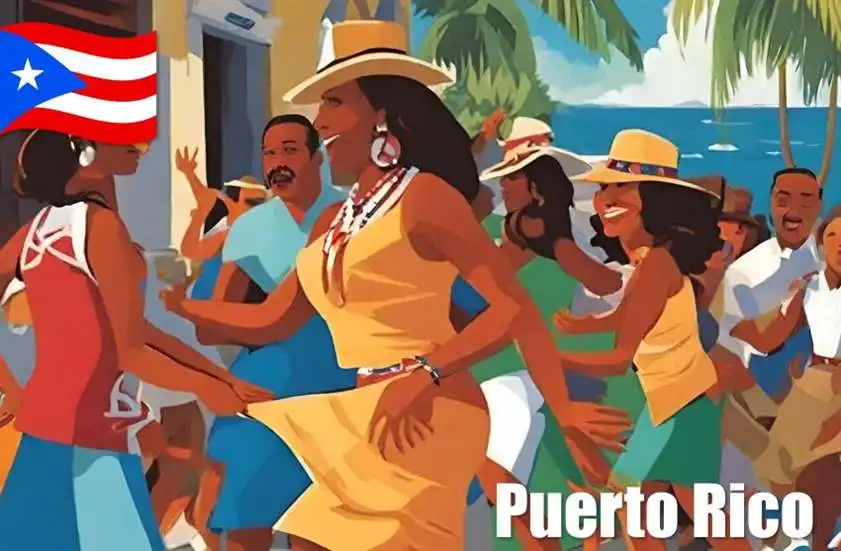
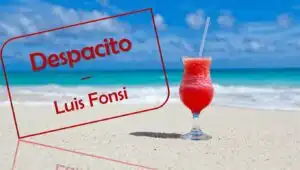
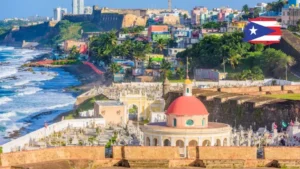



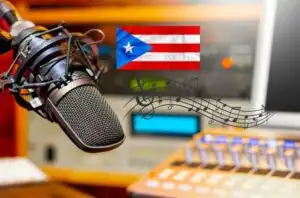
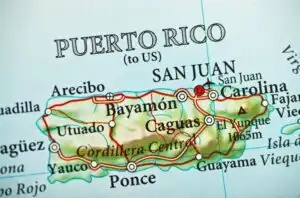
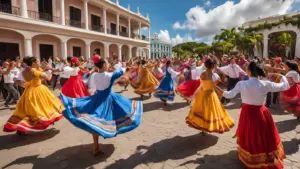
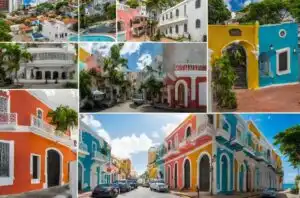
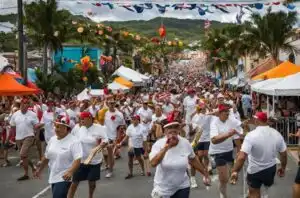
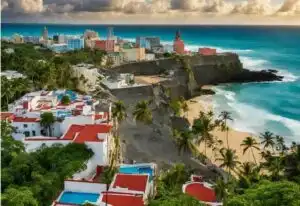
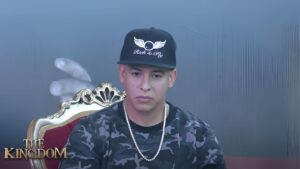
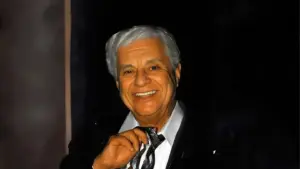
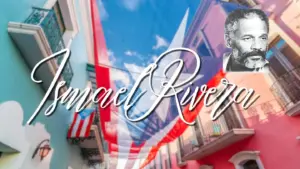
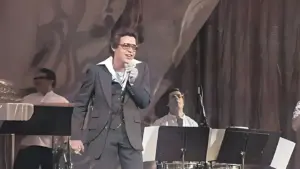

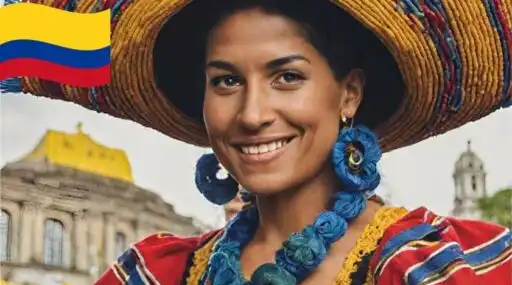
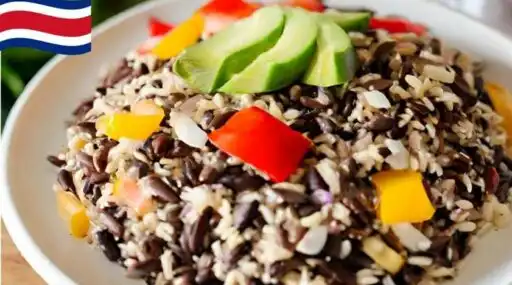

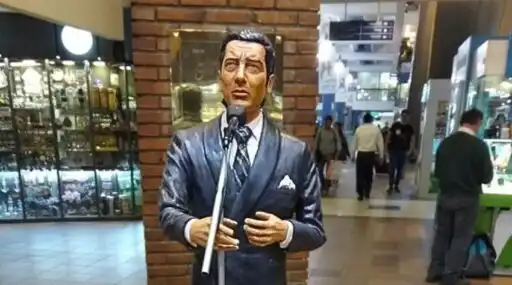

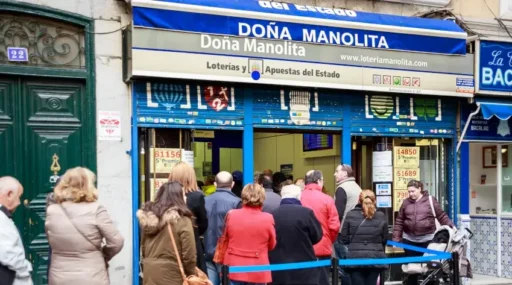
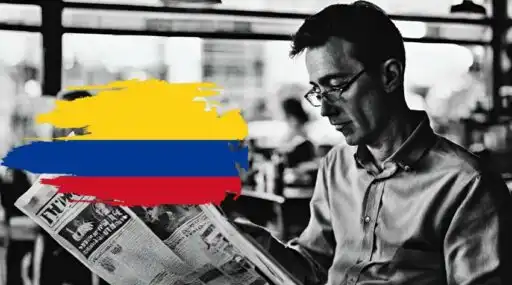



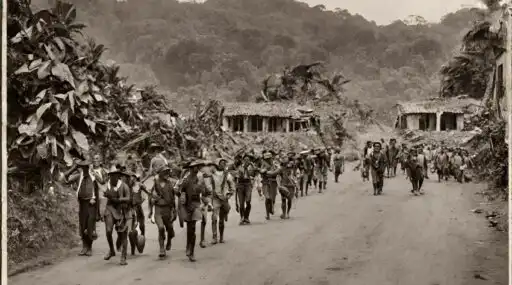
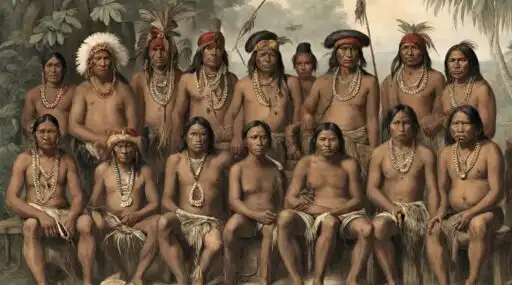


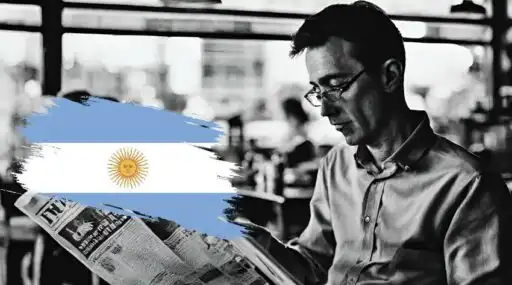

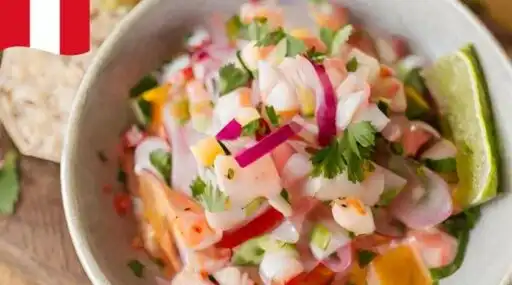
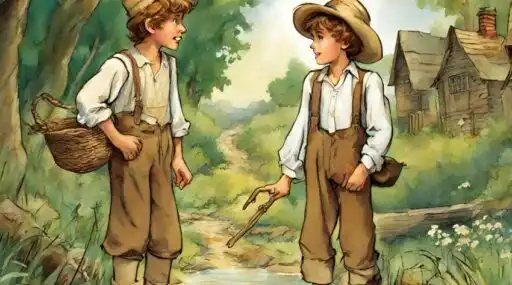
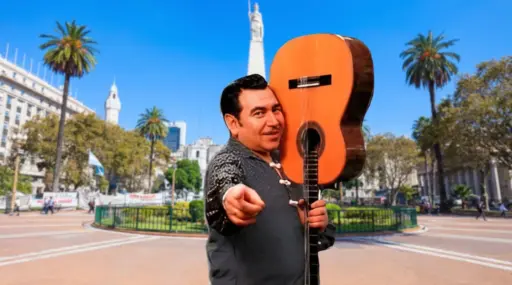
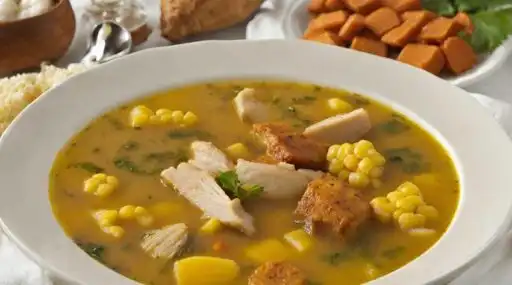

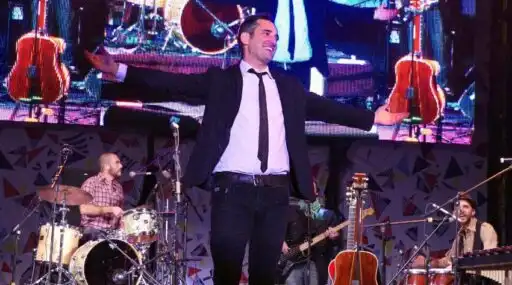
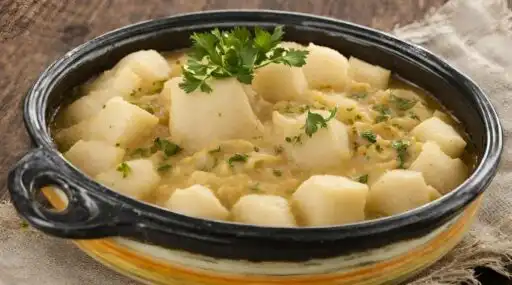
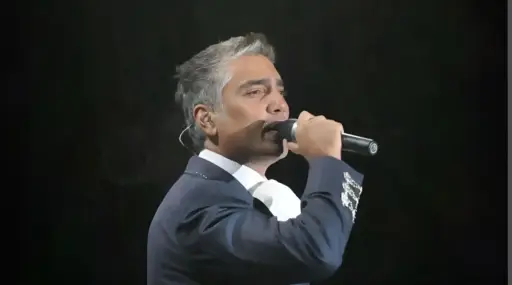
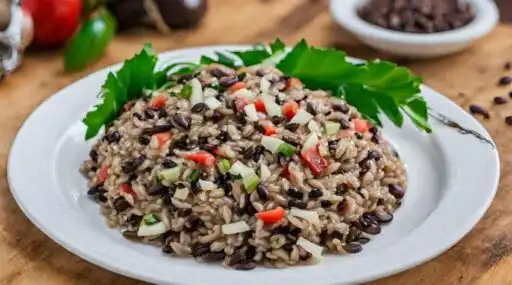
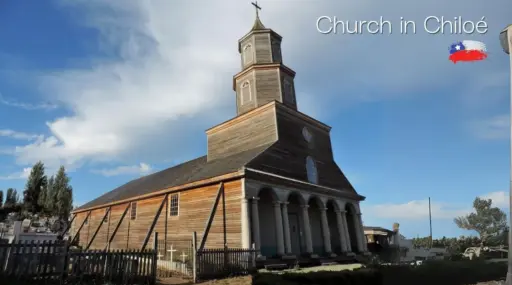
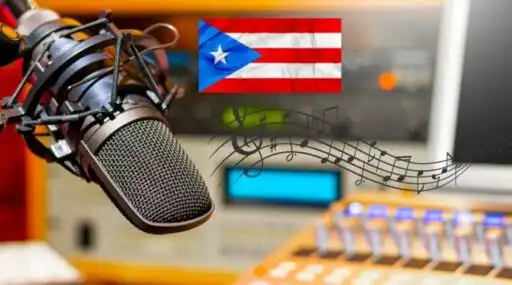

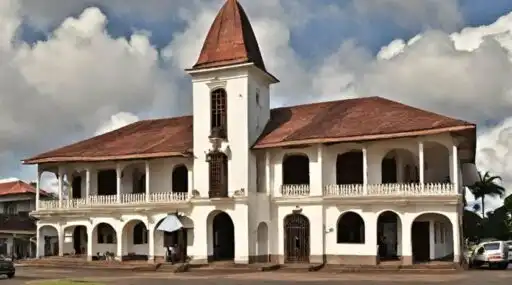
Leave a Reply